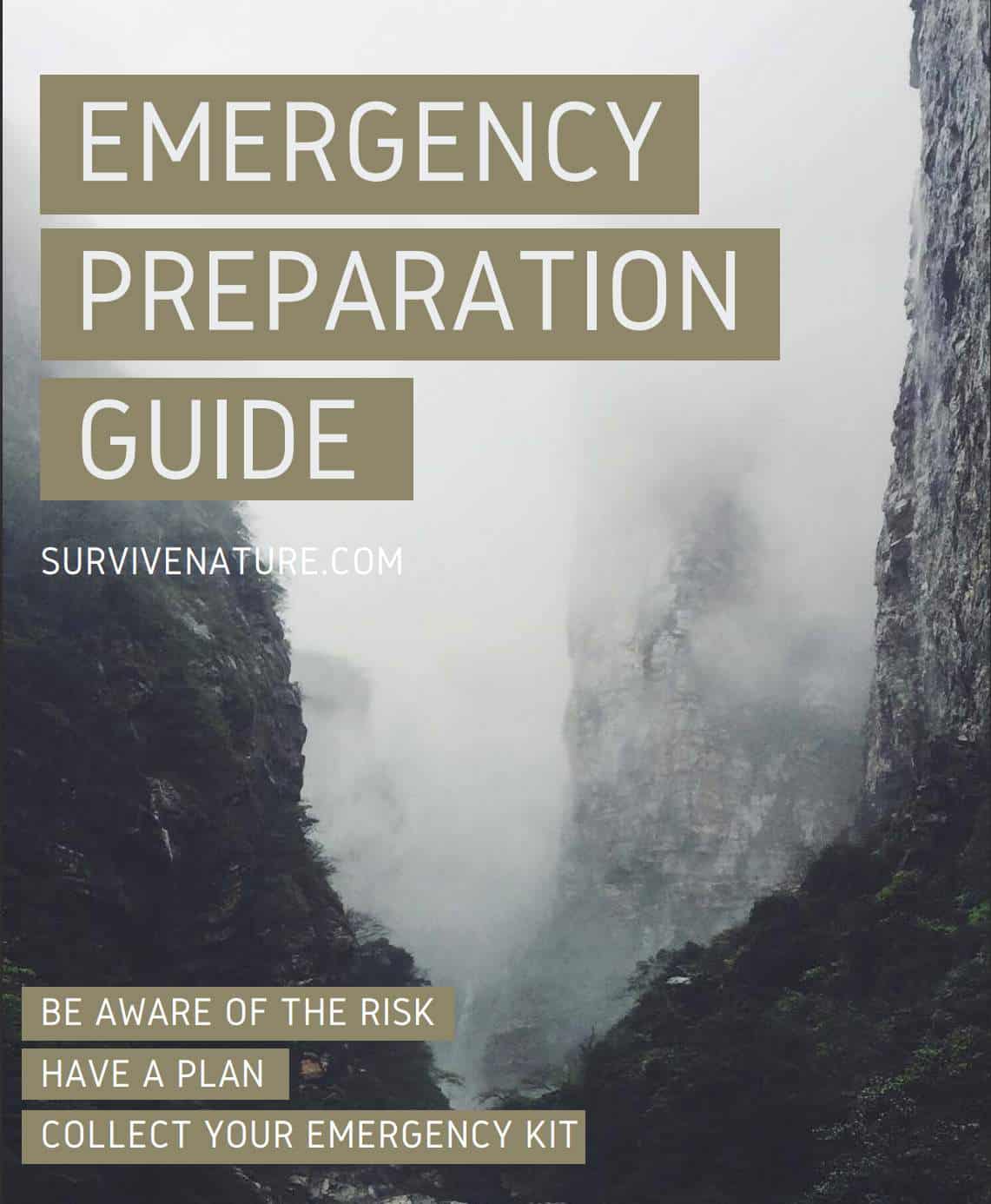On the shelves of almost all people globally, there is at least one can of canned tomatoes, green beans (which are, by the way, high in nutrients), or other canned food. There’s nothing extraordinary about it, as we all sometimes feel like we are not in the mood for cooking or even for ordering food from restaurants. Sometimes it’s easier to open a can with meat, chicken, or tuna, absorb essential nutrients and occupy ourselves with more interesting activities.
When we have food in abundance, we can throw canned food if we see its storage life is over. No one wants to risk their health if there’s a single chance there could be a threat to it. Food safety is not just an empty sound.
Although, in the days of TEOTWAWKI (and all survivalists will prove it), throwing expired canned foods doesn’t sound like a solid idea. The pandemic conditions proved to us we shouldn’t be so careless towards food, especially when the situation with access to nutrients is as horrid as with water in the middle of the desert under the scorching sun. When hunger comes, there’s no difference if the storage date is expired or not. It also doesn’t matter if the flavor of canned foods has changed or not. The food safety and nutrition of expired products are what matters.
In this article, we’ll try to cover the food safety of canned foods and how it changes with the change of their expiration date. From the article, you’ll know how long you are able to consume canned foods after their expiration date, how to store them in a way to extend their storage life, and how to utilize canned foods in the best possible ways.
Top Best Canned Foods on the Market
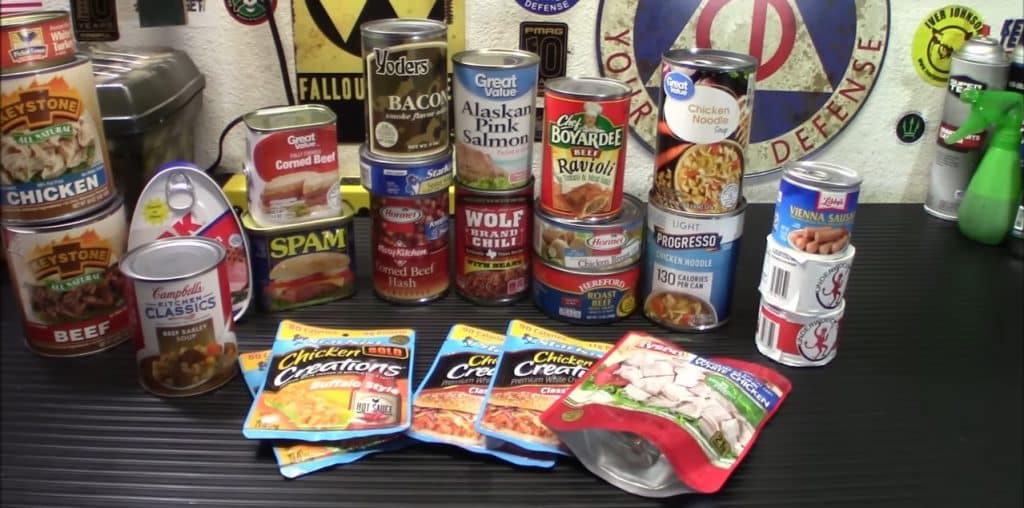
Although, when it comes to canned meat, there are two main favorites on the market (according to the buyers’ opinion). It’s not only its favor that attracts people. It’s also about its long storage life that is essential for every survivalist.
The secret of the long storage life of the Survival Meat is in the cooking method. Firstly, manufacturers put raw meat in jars, and only after that they seal it and start to cook. That’s what allows the Survival Cave Meat to remain on your shelves in the pantry for a long period.
Unlike the jars with canned beef, you can find in every grocery store with a storage life of only 18 months (and which are filled with preservatives and fillers), you can consume the Survival Cave Meat for almost 25 years after purchasing it. And you won’t find any preservatives in the product composition, as there is only natural protein good for your wellness (due to its high level of nutrition and low level of salt).
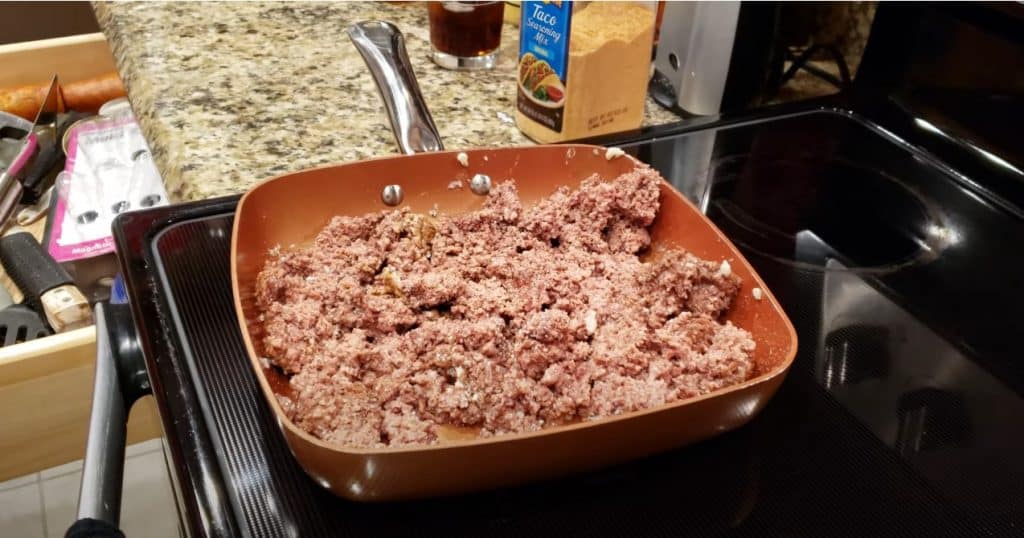
Consumers (among which are campers and preppers) have chosen this product with a high level of nutrition as the “best survival food,” and it’s not just our fantasy: hundreds of the meat reviews left on various websites for survivalists prove we’re right.
There’s no need to search for other canned meats if you have already found the All-Natural Mixed Canned Meats By Survival Cave as they aren’t only rich in flavor and nutrition but also will be suitable for your ingestion even 25 years after you purchased it.
If you ain’t satisfied with the All-Natural Mixed Canned Meats By Survival Cave, then what can satisfy you?
Enter Here To Know The Latest Cost Of The Product
Always keep in mind that even items with a long storage life can be spoiled if you don’t store them correctly. Remembering all the storage rules mentioned above, you will surely cope with this.
How to Choose the Best Canned Foods and Extend Its Storage Life
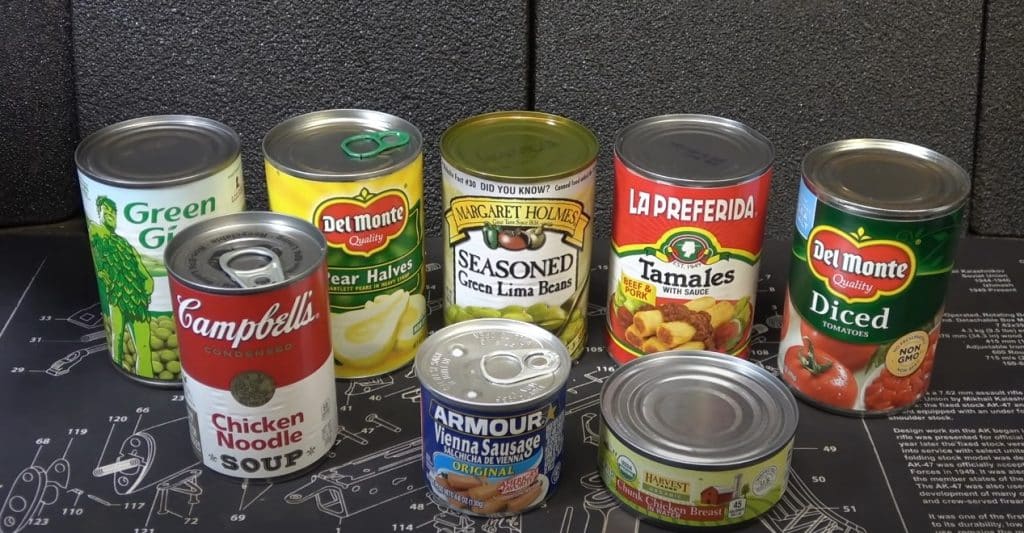
There’s nothing difficult in choosing the canned food with the best characteristics. You just need to follow one basic rule.
When choosing canned food, pay attention to its expiration date (especially when you want to stock it for the situation if a rainy day comes). Usually, you can find products with fresh expiration dates on the back of the shelves in grocery stores. You have to get mortar in pestle in your food storage arsenal for a reason. It’s made with the purpose of making you purchase products with the storage life closest to the expiration. We won’t blame grocery shops for such manipulations, but we can warn you to pay more attention to things like that.
From our point of view, even though you won’t throw away expired cans with chicken, tuna, or other food, it’s still better to purchase canned food with the freshest expiration dates. It will make a significant difference in times of an emergency, even if it doesn’t feel so now.
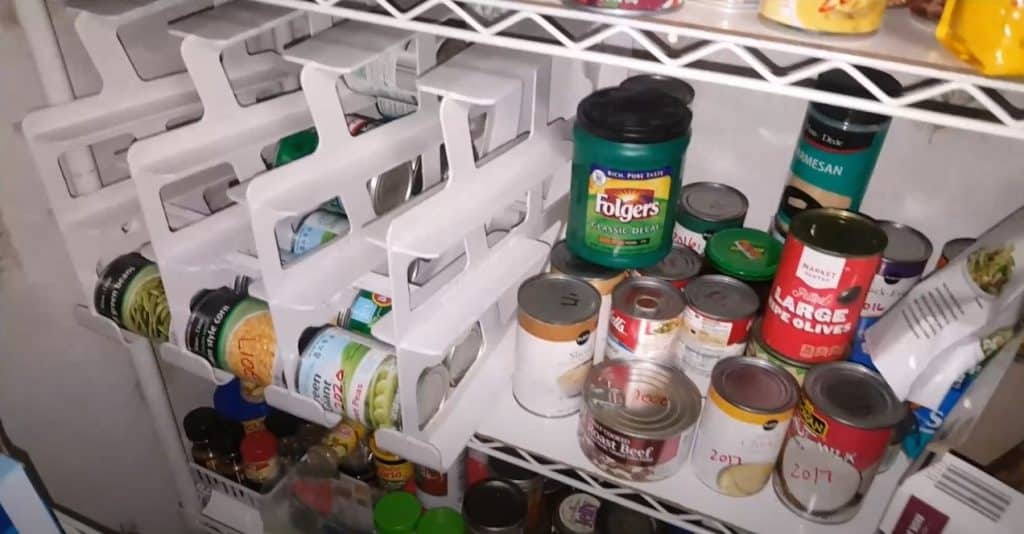
That’s all about choosing the best types of canned foods. And what about storing them? Are there any tips you are free to use for keeping your canned foods in stock in all the possible ways?
Of course, there are such tips, and all people considering themselves survivalists know about them. Once you know these canned food storage techniques, you will know how to store almost all products in fresh condition and stock them in advance.
The Right Temperature of Foods is Essential
According to the study conducted by Brigham Young, the most appropriate temperature for storing canned foods is around 40 to 70 degrees Fahrenheit. It means the best place for storage of numerous cans with chicken, baked beans, tomatoes, or other food is a basement. The cool air in the basement is a favorable environment for storing canned foods in fresh conditions for years. If you froze canned food even for a short period, it would significantly increase its storage life, meaning you get the opportunity to consume it for a longer period. Learn how to make vinegar an store it at home.
In other words, between choosing storing cans with food in the basement or the attic, always try to stop your choice in the basement. Hot and dry air in the attic will guarantee you the storage life of canned food of only five years. What five years in terms of survival conditions like pandemic (or even something worse)? It’s nothing. That’s why check on the temperature in the place where you store cans with food. It’s an essential element of their prolonged storage life. To provide your family food variety you need to learn how to make mead at home.
Avoid Damaged Canning
Perhaps, this is the most logical rule, but still, many people ignore it to save money or for other purposes.
Indeed, wanting to extend the storage life of canned foods means choosing good cans for starters. Especially if you want to stock cans in advance, but even if you want to purchase a damaged package with canned food to consume in the evening, think twice before doing so. Food safety is something you wish you never risk, and purchasing damaged cans with the food puts your health at risk. The necessity of proper food preservation isn’t just business interest.
Even the smallest crack in the can will lead to the bacteria’s premature growth, which ends with some severe health problems. Who cares about nutrients, the flavor of food, and expiration dates when you’re about to consume life-threatening food?
Beware of Sunlight and Heat
As was already mentioned, hot air and heat, in general, aren’t the best condition for storing canned food. Direct sunlight affects food safety and integrity of cans with food, so make sure you keep cans far from it. Consuming food being under direct sunlight even for some time won’t give you the proper nutrition but might cause some health issues.
Food spoilage is often caused by direct sunlight and its following consequences.
Moisture as the Main Enemy of Canned Foods
Moisture is one of the most severe enemies of canned food. Even a can without any defects could be affected by it, what to say about damaged ones.
When moisture (or water, in other words) enters canned foods, it breaks their packaging containers, causes their oxidization, and it ends with the premature growth of bacteria in the canned food. This, in turn, affects your health.
That’s why ensure you stock your canned food in a dry, cool, dark place, with the low possibility of sunlight and moisture being able to affect food (such as diced tomatoes, baked beans, or other meals).
Canned Foods History

Although previously we stated moisture is a severe threat to canned foods’ food safety, there are exceptions to this rule, and one case from the past proves it.
The story happened at the end of the last century, specifically in 1974. Scientists at the NFPA found a steamboat at the bottom of the Missouri River. According to the research, the boat was there for almost a century, and all canned foods on it (including honey, spinach (which is rich in vitamin C), green beans (which you can consume as a side dish), and other canned foods) were in perfect condition and suitable for consumption. Products that had been lying on the bottom of the river (not in some dry, cool place best suitable for storing foods) under the meters of water in 1974 were as safe for consumption as they were in 1865 when the steamboat sank. And the flavor of those foods wasn’t spoiled either. They also remained all the nutrients good for your health.
It sounds like a miracle, but it’s not. The growth of bacteria was so insignificant it couldn’t cause any issues with health. Even moisture couldn’t break packaging containers of canned foods that were produced in the 19th century. Indeed, the canning process is fascinating and surprisingly interesting.
Although, it doesn’t mean you don’t need to check there’s no place for moisture in the place where you store your canned food. In any case, try to do everything you are able to to keep your home canning foods in the best possible way.
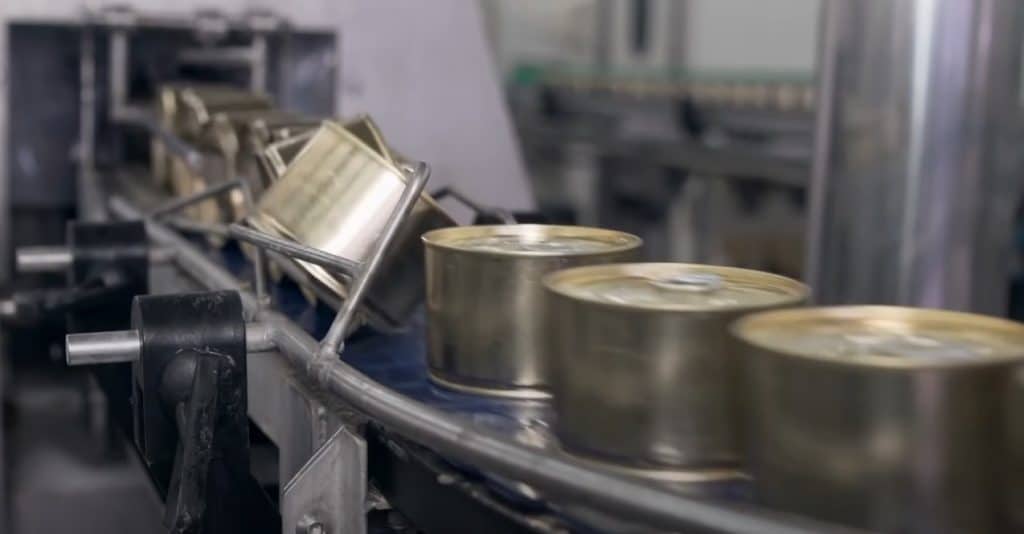
Canned Foods Expiration Date as Something You Don’t Need to Trust That Much.
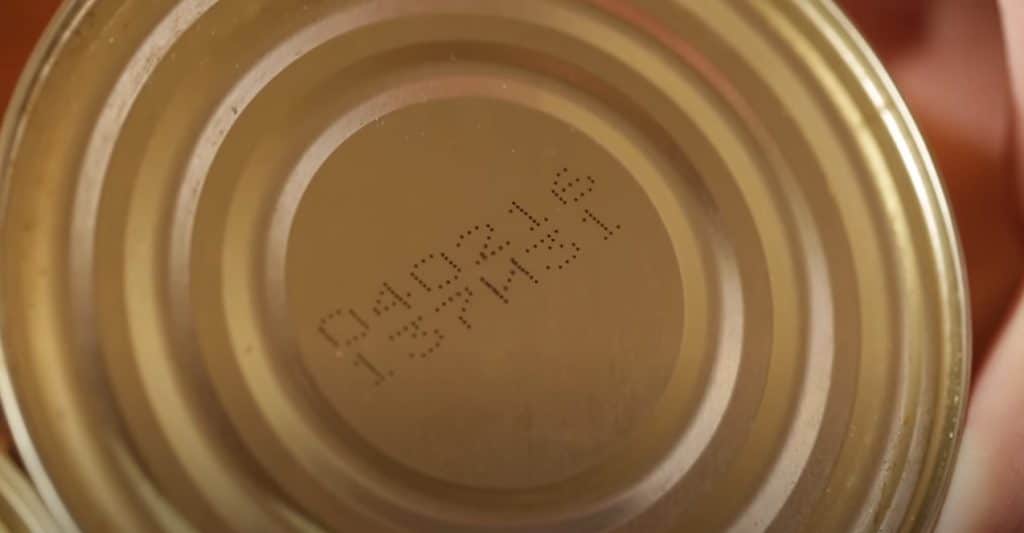
The expiration dates of canned food scientists found on the bottom of the Missouri River almost one century after they occurred there were expired long before they were found.
Does it mean expiration dates on the packaging containers of canned food aren’t always true? Yes, it means it. But how so? And what can we trust then?
There are at least two factors you need to pay attention to while stocking your canned food, and we mentioned both of them previously. Both of them are much more important than printed expiration dates on the package.
Canning Impermeability
Pay your attention to the jar impermeability, meaning it has no obvious defects, and you didn’t see anyone dropping or throwing it. If you saw any manipulations towards can with food, avoid it. Such tins will have issues with sealing in 99% of cases. Such issues affect food safety and your health.
When air enters a jar, the process of mouldiness begins. And, as you know, products with mold won’t give you the proper nutrition and nice flavor of the food, but such experiences with damaged products somehow can lead to such severe health issues as heart disease.
The point is brands of canned food know they aren’t able to control the jar’s impermeability once it leaves their factory. There are too many various factors they can’t control.
- They have no power to stop couriers from dropping boxes with tins who got distracted by someone or something.
- They won’t check if a forklift truck accidentally perforates the packaging container with canned food.
- They are unable to stop your child from throwing tins out of the grocery cart.
There are more factors brands of canned food aren’t in control of. They understand they need to do something to protect themselves from possible future issues caused by the poisoning of someone after consuming canned food from their damaged jar.
If you were them, what would you do? What would be your strategy to sell more items and still protect yourself from possible legal issues? Would you play fair, or would you prefer to cheat a bit?
We don’t know what you would do, but we know what manufacturers of canned food do. They put short expiration dates (by short dates, we mean just a couple of years) on the packaging container that helps them to sell more items. The logic is quite clear. When consumers see short expiration dates on products, they either consume these products faster (and purchase more of the new ones) or throw away tins with expired dates to buy those with fresh expiration dates. If the expiration date was longer, and consumers knew the food in tins will remain its flavor and nutrients for almost 20 years, they would purchase it and relax for the next 20 years. And it’s non-profitable for canned food manufacturers.
That’s the reason why manufacturers of canning food put “Best If Used By” or “Best By” labels instead of “Expiration Date.” It’s made for consumers. In that way, manufacturers disclaim their responsibility.
Of course, you need to choose food with fresh expiration dates, as it’s always better, but note expiration dates aren’t everything you need to take into consideration. Very often, it’s just a business, nothing personal.
Canned Foods Temperature Exposure
High temperatures are one of the biggest enemies of the canning process. Storing food in a high-temperature environment means reducing its storage life and putting your health at risk. Under the influence of such temperatures, there’s no sense in talking about the nutrition and flavor of the food as it won’t matter because the food will be spoiled.
Perhaps, there’s something worse than storing food in high-temperature environments. And this is about storing it in the condition of large temperature variations. When it’s first cold in the room, then it’s hot, then it’s cold again (like it may be in attics or garages), all healthy nutrients in the canned food will go to waste. You need to ensure your pantry has the appropriate temperature for storing canned foods, so you get health benefits from consuming them and not health issues.

Safety of Canned Food After Expiration Dates are Over

But how can you know if the food is safe for you and your loved ones if the can is closed and the expiry date shows the storage life of the product has expired several months or even years ago? Are there any methods you can identify its safety?
There are such methods, and if you know them, you can be sure the nutrition of the canned food remains.
What About the Smell?
Trust your nose, always. It always knows if there’s any pitfall.
If you open the can and feel a bad smell, you probably need to close and throw it away. No healthy nutrients can be found in the food if the smell is awful. It always means it’s not suitable for consumption.
What About the Canning?
Check on the visual defects of the package. If there’re signs of corrosion or liquid under the can’s lid, the best you can do is get rid of such a can. If the can’s integrity is disturbed, there’s a great possibility canned food inside this can isn’t suitable for ingestion. What to say about the food’s nutrition if there’s a hole in the can, meaning premature growth of bacteria is an essential component of the product.
Try to check tins regularly and throw away those with signs of corrosion and other visual defects.
What About Other Signs?
If you open the can and see water on the backside of the lid, that’s a bad sign (especially if there’re eggs in the water). It might mean the temperature in the storage room wasn’t perfect for storing canned foods. Other reasons can cause it, as well.
Also, if the canned food has changed its color, it might be a bad sign, too. It’s not always a bad sign, though, but it’s better not to risk.
Mold inside or outside the can is another reason to throw this one away. Such food no longer remains healthy nutrients and can lead to severe health issues.
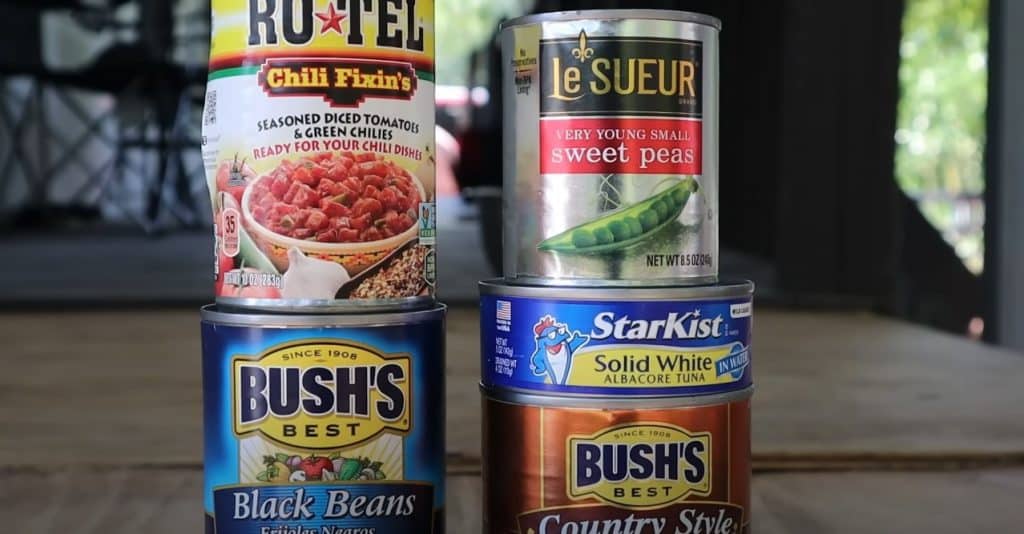
Best Canned Food for Survival Summary
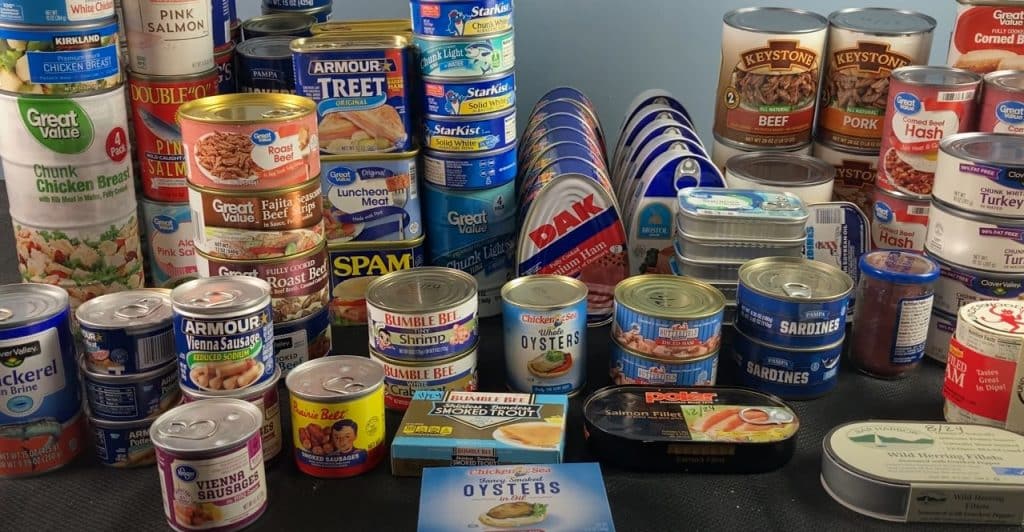
If you want your food to remain flavor and high level of nutrition, then follow those basic simple rules stated previously in the article. It’s not that hard to follow them if you have the head on your shoulders. And if you’re a prepper or a camper, then your head is always with you.
Remember expiry dates can’t be the 100% guarantee of the product’s freshness. Very often, it’s just a matter of business and an attempt to attract your attention and make you pay more money for the canned food.
Don’t forget about the storage room for canned foods, as it’s essential to keep it cool and dark. Direct sunlight and large temperature variations are the most severe enemies of canned foods.
And always rely on your feelings when it comes to the smell or other factors signalizing the product isn’t suitable for ingestion. If you have even the slightest doubt about the product’s suitability, then better don’t risk as wellness is way more significant than all the rules and all the money you spent on canned food.
Frequently Asked Questions – FAQ
How does canning affect nutrient levels?
Keeping food in jars doesn’t affect the nutrition of this food if you store it in the appropriate conditions. The nutrition of the food can be violated if you allow direct sunlight to fall on jars with food or if you keep it in the humid and muggy attic with no access to the fresh air. If you want your canned foods to be not only suitable for survival conditions but also suitable for your home use, then make sure you create the necessary conditions for it.
How to get the most out of your canned foods?
Again, keep it in the right place, and you will get not only their delicious flavor (some of them taste amazing) but also the nutrition that is essential (and clear for everyone). Try to purchase jars with canned food that have no visual defects and that smell nice. And try to buy that canned food recommended by most consumers. If they ate it and they liked it, then that’s a high possibility you will like it, as well. Check on the comments about the salt in the food, as a high concentration of it might be a problem for you.
Foods that come in a can
There’s a great variety of options for the food that can come in jars. You can purchase chicken, tuna, tomatoes, various meats, green or baked beans, potato salad, hot dogs, haggis, cheeseburgers, duck. You can even find jars with silkworm pupae or tarantula if you have specific preferences.
What canned foods are healthy?
Any food considered healthy remains healthy even if you put it in a jar. Beans, artichokes, coconut milk, corn, fish, pumpkin, beets are food that doesn’t lose its nutrients even in jars. You can enlarge this list at your discretion and add items you (or doctors you trust) consider healthy. The main thing you need to remember is to create appropriate conditions for storing these items. Otherwise, there won’t be anything healthy in them.


